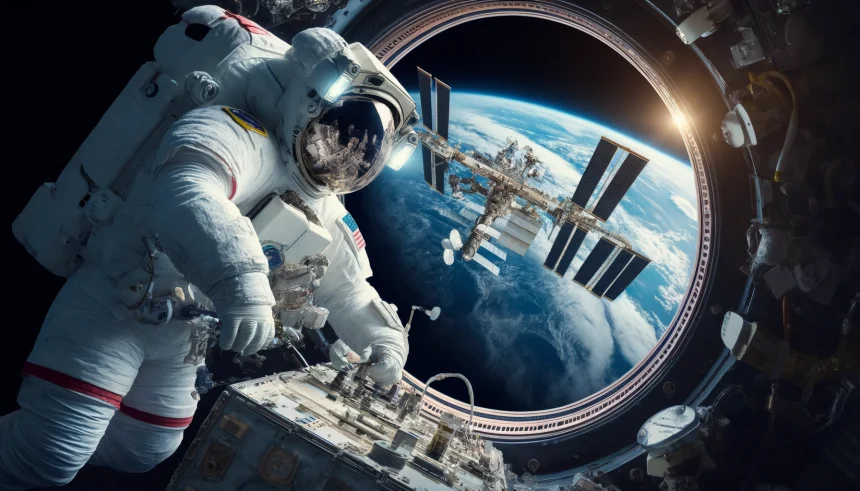On September 15, 2024, the Polaris Dawn crew returned to Earth after their five-day mission in orbit. This mission marks the first of three scheduled missions within the Polaris program, a private initiative aimed at enhancing human spaceflight capabilities while supporting charitable causes. The crew’s Dragon spacecraft splashed down safely off the Florida coast at 3:36:54 a.m. EDT, successfully concluding their objectives and facilitating further study and analysis following their spaceflight experience.
What were the key achievements of the Polaris Dawn mission?
The Polaris Dawn mission achieved multiple important milestones, including reaching an altitude of 1,408 km (875 mi) above Earth’s surface, significantly higher than the International Space Station‘s orbit. The crew passed through the Van Allen Radiation Belt, allowing researchers to gain insights into the effects of space radiation on human health. During this mission, the team also conducted the first-ever commercial spacewalk, led by mission commander Jared Isaacman, at an altitude of 700 km (435 mi).
How did the mission contribute to space exploration advancements?
The mission involved testing SpaceX’s new Extravehicular Activity Spacesuit (EVA), which is intended for future long-duration spaceflights and operations on lunar and Martian surfaces. The crew executed various experiments, including Starlink’s laser-based communication system, which is crucial for upcoming missions to the Moon and Mars. In total, they carried out 36 experiments in partnership with 31 global institutions, aimed at promoting human health and advancing space exploration.
What innovative components were part of the crew’s experience?
In addition to scientific pursuits, the mission featured a special reading of “Kisses from Space,” authored by mission specialist Anna Menon and Keri Vasek, which was streamed live to connect with families and patients at St. Jude Children’s Research Hospital. The crew also participated in a “music moment,” where Sarah Gillis performed a piece from “The Force Awakens” while connecting with musicians worldwide through Starlink. This collaborative effort resulted in a video titled “Harmony of Resilience,” promoting support for music education initiatives.
Plans for the second flight in the Polaris Program are underway, which will involve another crewed Dragon spacecraft and additional research experiments. Although the launch date remains determined, the initiative continues to focus on expanding human spaceflight capabilities and conducting vital scientific investigations. The third mission will utilize SpaceX’s Starship and Superheavy launch system, representing progressive steps in private space exploration.










